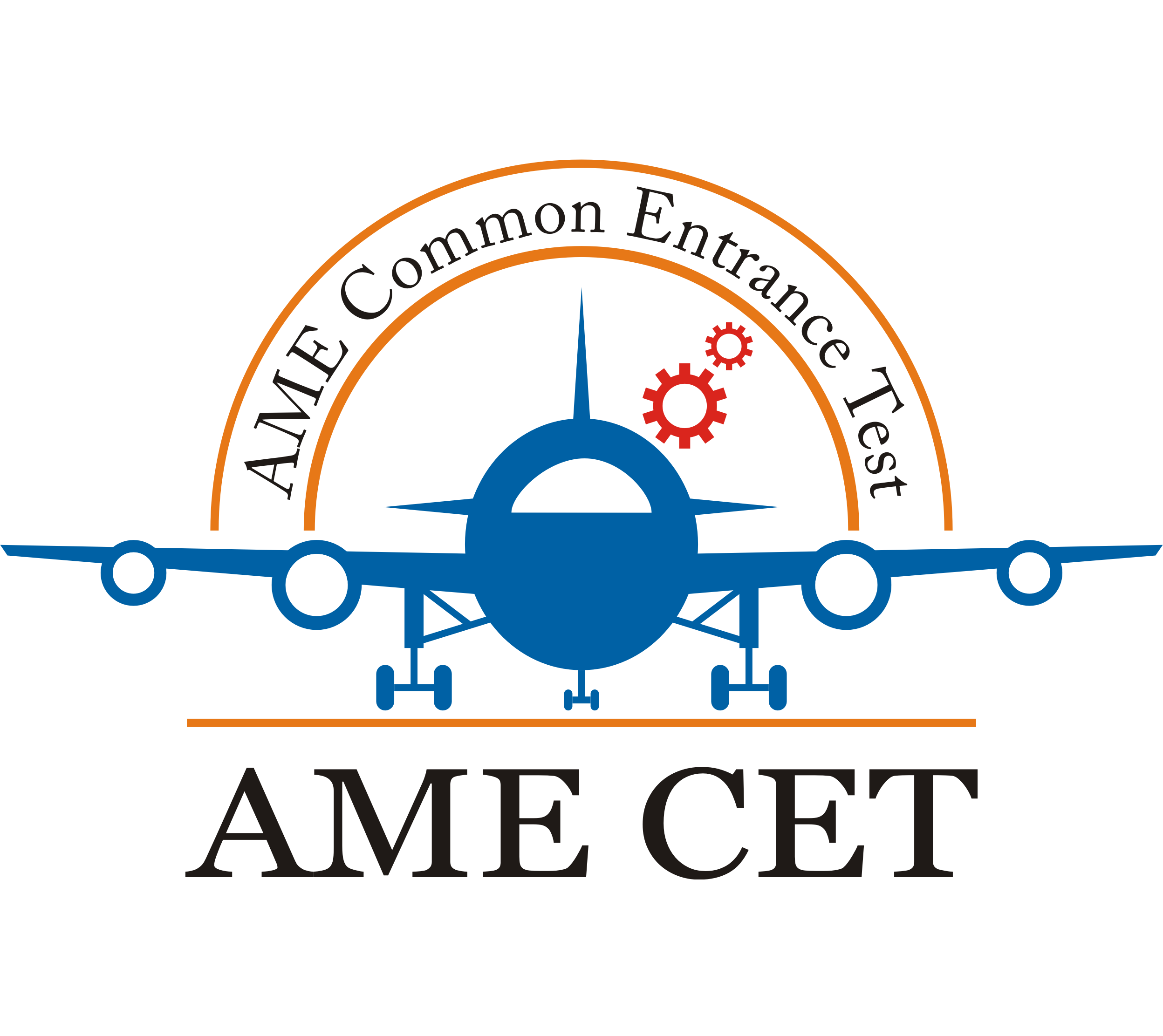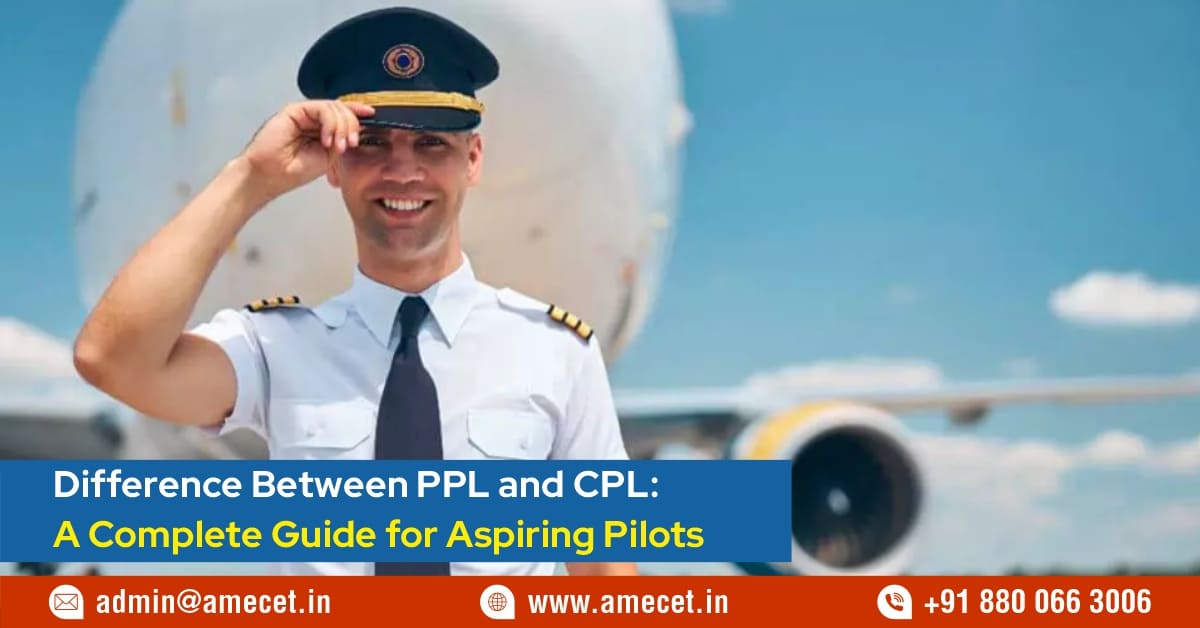Difference Between PPL and CPL: A Complete Guide for Aspiring Pilots
Posted on : 20 August, 2025 11:34 am
Aviation offers different pathways for individuals who wish to fly, either for passion or as a profession. The two most common licenses are the Private Pilot License (PPL) and the Commercial Pilot License (CPL). While both licenses allow you to operate aircraft, they differ significantly in terms of purpose, training requirements, cost, and career opportunities. If you are planning to become a pilot, understanding these differences is crucial before choosing your path.
What is a Private Pilot License (PPL)?
A PPL is the first step in aviation training. It allows individuals to fly aircraft for personal or recreational purposes. With a PPL, you cannot work as a professional pilot or earn money by flying. It is mainly chosen by aviation enthusiasts, hobby flyers, or those who want to begin their journey toward advanced licenses.
Key Features of PPL
- Eligibility: Minimum age 17 years with 10+2 in Physics and Mathematics.
- Flying Hours Required: About 40–60 hours of flying.
- Purpose: Recreational flying or personal use.
- Career Opportunities: None directly; stepping stone for CPL.
What is a Commercial Pilot License (CPL)?
A Commercial Pilot License (CPL) is a professional license that allows an individual to fly aircraft and earn money as a pilot. It is required to work with airlines, charter companies, cargo operators, or as a flight instructor. To obtain a CPL in India, candidates must be at least 18 years old, have passed 10+2 with Physics and Mathematics, and hold a DGCA Class 1 medical fitness certificate. The training includes a minimum of 200 flying hours along with ground classes. With a CPL, one can build a rewarding aviation career with excellent growth opportunities.
Key Features of CPL
- Eligibility: Minimum age 18 years, 10+2 with Physics and Mathematics.
- Medical Fitness: Class 1 medical certificate.
- Flying Hours Required: Minimum 200 hours, including solo and cross-country flying.
- Purpose: Professional flying with the ability to earn a salary.
- Career Opportunities: Airline pilot, cargo pilot, charter pilot, or flight instructor.
Major Difference between PPL and CPL
| Aspect | PPL (Private Pilot License) | CPL (Commercial Pilot License) |
| Purpose | Hobby/Recreational flying | Professional flying, career-based |
| Age Requirement | 17 years | 18 years |
| Flying Hours | 40–60 hours | 200+ hours |
| Medical Fitness | Class 2 Medical | Class 1 Medical |
| Career Scope | Limited, not for earning | High-paying aviation careers |
| Training Duration | 6–12 months | 18–24 months |
Which License Should You Choose?
- If you are passionate about flying but don’t want a career in aviation, PPL is the right choice.
- If your dream is to become a professional pilot and work for airlines, then CPL is essential.
Both PPL and CPL are important milestones in aviation, but they serve different purposes. A PPL is for recreational flying and initial learning, while a CPL opens doors to professional opportunities and a high-paying aviation career. Choosing between the two depends on your personal goals—whether flying is a hobby or a lifelong profession.

